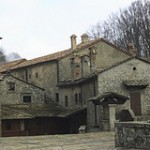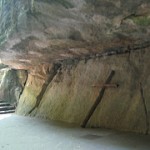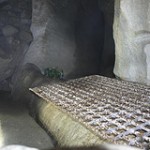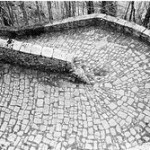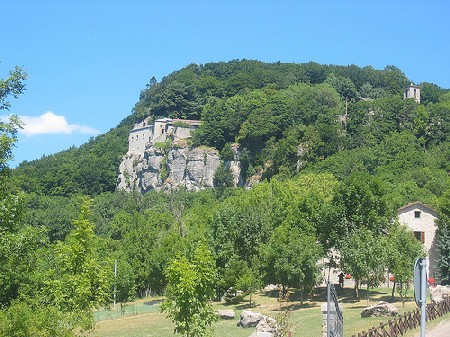 The Sanctuary of La Verna is situated in the Tuscan Apennines.
The Sanctuary of La Verna is situated in the Tuscan Apennines.
The mountain, covered by a monumental forest of beech and fir trees, is visible from all over the Casentino and from the high Val Tiberina. It has an unique shape with its peak (1283 m) cut from three sides.
La Verna is one of the main Franciscan Santuary and, after Assisi, is probably the place where the presence of San Francesco is more lively.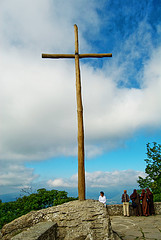
Visitors can easily reach by car via Bibbiena, although the most striking is that pedestrian rising from La Beccia, passing by La Cappellina degli Uccellini.
The importance of this shrine, one of the most popular in Tuscany, is mainly linked to the fact that here the Saint received the stigmata.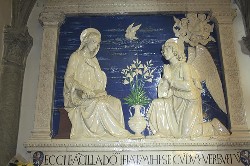
Every day at 15:00 a procession of monks starts from the Basilica and, through the covered corridor, reaches the chapel where the Saint received the gift of the Stigmata. This is certainly of the strong moment of the day in the Sanctuary.
Holy Masses are celebrated almost every hour in the various churches, except during the months of July and August, when, due to the many pilgrims, they are all celebrated in the Basilica.
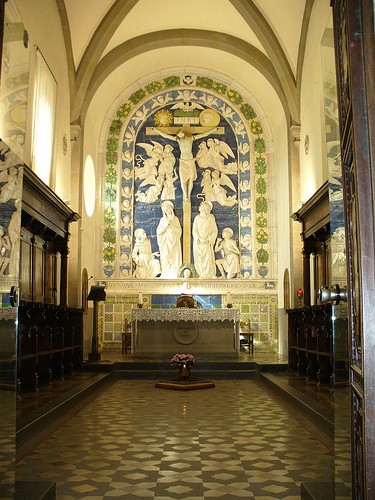
In La Verna reigns a great fervour and it is one of the places preferred by young people from around the world who come here to spend periods of holiday and spiritual retreat. Certainly here the religious message and the beauty of the nature combine wonderfully, and even the presence of large crowds does not seem to affect the serenity that pervades this sacred place.
The tour includes the beautiful church of Santa Maria degli Angeli, the cloister of 1400, the cloister of the Foresteria (Guesthouse) and the cloister of Santa Chiara.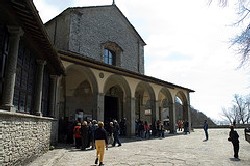
From the Piazzale (the square in front of the Basilica) visitors can reach the first cell of San Francisco and from there to the Sasso Spicco, an impressive prominent stone.
Always starting from the Piazzale one can walk along the corridor of the Stigmata, 78 meters long, adorned with a glass wall and a frescoed one with scenes from the life of the saint. At the end of there is “ La Cappella delle Stigmate” (the Chapel of the Stigmata), preceded by “La Cappella della Croce” (the Chapel of the Cross).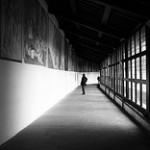
In the middle of the corridor, on the right, there is the so-called “bed” of San Francesco, where the saint used to search rest (it is actually a humid cave with polished stones).
And finally the 2 churches: the Basilica, begun in 1348, and the Chiesina di Santa Maria degli Angeli, built in 1216.
Other places are scattered in the forest above the monastery: “La Cappella del Beato Giovanni” (the Chapel of Blessed John), the “ Sasso di Frà Lupo” (a stone), the Abetone (a big tree), the “Cappellina della Penna” (a chapel)and the cemetery of the Friars.
The Sanctuary of La Verna can be considered as a small museum of the Della Robbia. The beautiful terracotta pales on a blue background, typical of the family of Tuscan sculptors, are present in almost all major areas: in the Church of Santa Maria degli Angeli there are a ‘Assunzione’ by Andrea, and the “Deposition” and “Nativity ” by his son John; in the Basilica there are “Madonna del Rifugio “, the “Nativity” and the “Ascension” by Andrea; in the Cappella delle Stimmate there is the “Crucifixion” by Andrea.”
La Verna is one of the most organized place to offer hospitality to pilgrims, especially to the numerous young people.
For more information about Hotels and B&b, click here.
